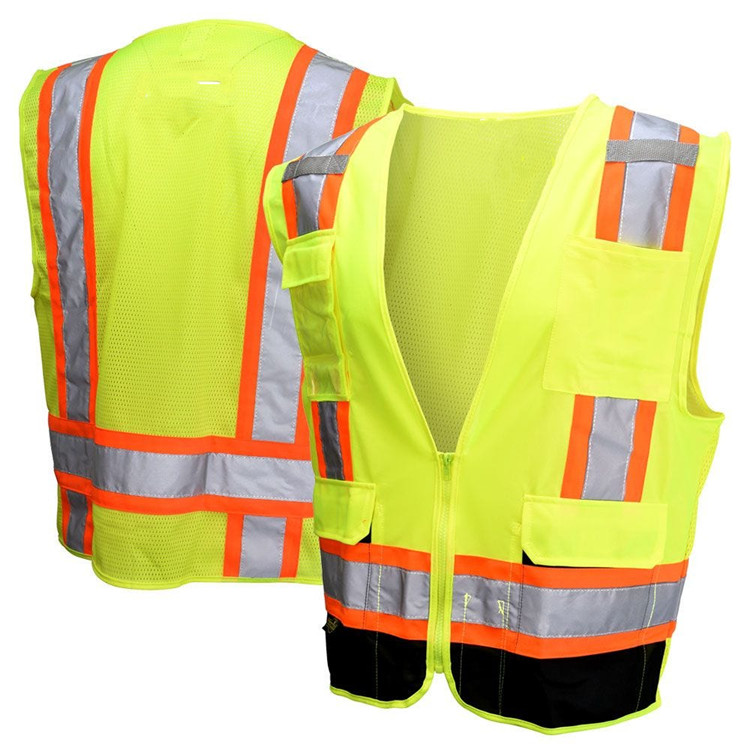Black Gem and Lee Cultivation Technique
Black gems and plums are late-maturing varieties known for their large fruit size, with an average weight of around 90 grams and a maximum of up to 296 grams. The fruits have a striking purple-black appearance, while the flesh is firm, crisp, and sweet. These fruits are highly resistant to storage and transport, making them ideal for long-distance shipping. At room temperature, they can be stored until January, and at 0–5°C, they can last up to 3–5 months. In the Lunan area, these trees begin sprouting in late March and bloom in early April. The fruiting period lasts from late August to early September, with a total growth period of approximately 140 days. They have a high fruit set rate, and there is no significant issue with alternate bearing or size variation. Additionally, they are cold-resistant, capable of surviving temperatures as low as -3°C during flowering. These characteristics contribute to their high yield and strong economic returns.
First, garden construction:
1. **Site Selection**: When establishing a flatland orchard, choose areas with relatively flat terrain, deep and fertile soil, good drainage and irrigation systems, and loamy or sandy soil with a low water table. In mountainous regions, avoid frost-prone areas and select south-facing slopes that receive ample sunlight.
2. **Planting Density**: Black gems and plums are less demanding than peaches in terms of spacing requirements and prefer higher humidity. Therefore, you can plant them more densely when setting up the orchard. In flat areas, use a spacing of 3x4 meters or 3x5 meters. In hilly or sandy areas, a spacing of 2x3 meters or 2x4 meters is suitable. You can also opt for high-density planting if desired.
3. **Pollination Tree Configuration**: Most plum varieties have poor self-fertility, so it's essential to plant pollination trees. Even for self-fertile varieties, including pollinators can improve fruit set rates. For black gems, large stone varieties can serve as effective pollinators.
Second, soil and fertilizer management:
In the fall, apply base fertilizer early, ideally in September. Young trees should receive about 20 kg per sapling, while mature trees need 50–80 kg per tree. You can also add some uncomposted straw or P and K fertilizers. Top dressing should be applied in three stages: before spring sprouts, apply 0.2–0.5 kg of urea per tree; after flowering, use 0.5 kg of compound fertilizer per tree; and during rapid fruit expansion, apply 0.25–0.5 kg of compound fertilizer. Leaf spraying is also important—spray 0.3–0.5% urea every 20 days in the early stage, and 0.3–0.5% potassium dihydrogen phosphate 2–3 times later. Be careful not to overwater, as plums are sensitive to waterlogging, so proper drainage is crucial.
Third, shaping and pruning:
1. **Tree Shape**: Two common shapes are the "many-branch happy shape" and the "natural happy shape." The former involves a trunk height of 60–70 cm, with 3 main branches on the first layer and 2 on the second, spaced 80 cm apart, with a branch angle of about 60 degrees. The latter has no central leader, with 3–4 main branches at a 50-degree angle, and side branches at 70–80 degrees.
2. **Pruning Techniques**: After opening the main branches, internal shoots often appear. Summer pruning should focus on removing dense shoots, topping, and thinning to prevent canopy closure. Extension branches should not be cut back immediately but can be left for 1–2 years before being regenerated. During full fruiting, prune to control tree size and adjust the crown angle. Use the "branch replacement" method to manage backbone branches. Thin out peripheral branches selectively and shorten long fruiting branches while keeping short ones intact. Strong branch groups should be pruned to balance strength, and weak branches should be led forward. Regular pruning helps maintain productivity and tree health.
Fourth, flower and fruit management:
1. **Pollination**: Introduce 4–8 bee hives per mu (approximately 667 square meters) or use artificial pollination methods to increase fruit set.
2. **Boron Spraying**: During blooming, spray 0.2–0.3% borax at full bloom to enhance fruit set.
3. **Thinning Fruits**: Typically, leave 1–2 fruits per fruiting branch, 2–4 on short branches, and 4–6 on long branches. Avoid leaving fruits at the top of the canopy, but allow some in the middle and lower parts.
Fifth, disease and pest control:
Key pests include bacterial canker, leafhoppers, and red spider mites. Regular monitoring and timely application of appropriate pesticides are necessary to ensure healthy growth and high-quality yields.
Factory directly supply of Safety Vest,polyester safety vest, reflective safety vest, work wear safety vest.
We are the manufacturer of high visibility safety clothes, reflective work wear for more than 10 years. We support customized logo and design. Sample before order is no problem. Our sample time is 7-10 days. Welcome to discuss more details with us.


Safety Vest,Polyester Safety Vest,Reflective Safety Vest,Workwear Safety Vest
Suzhou Golden Gamrnet MFG Co.,Ltd , https://www.svchangerobe.com